You can trust Cyclingnews
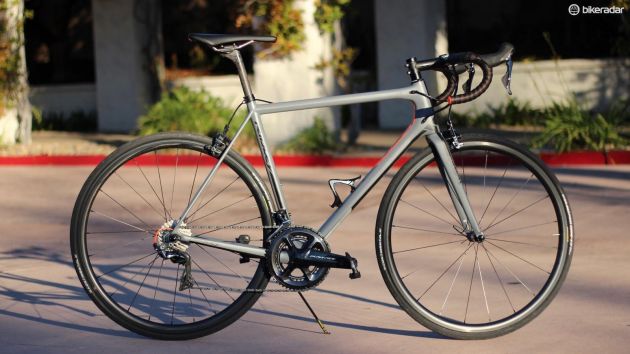
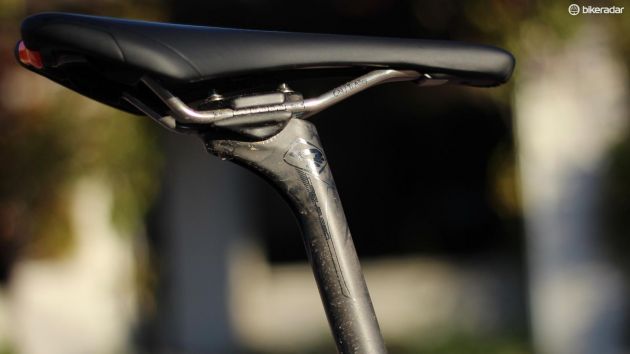
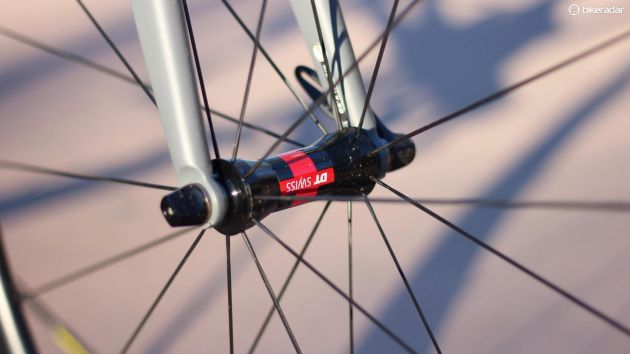
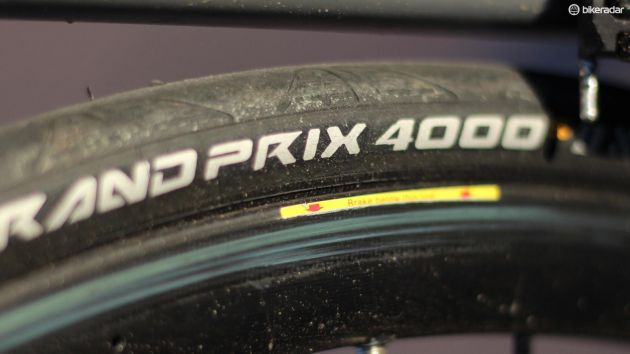
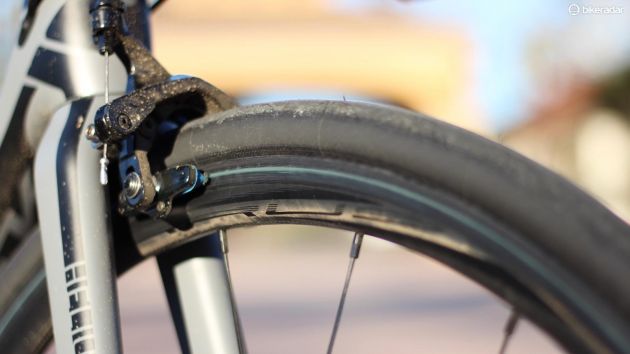
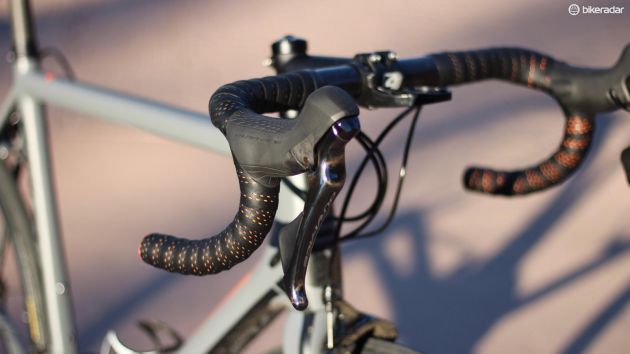
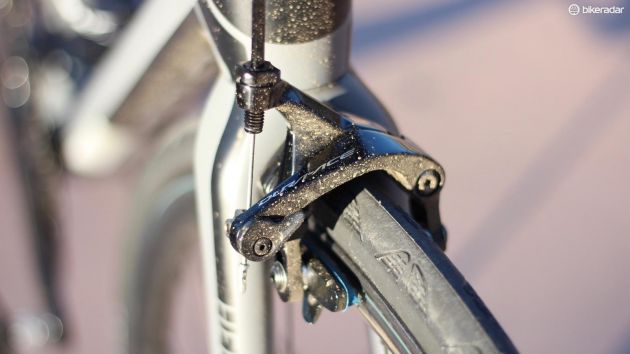
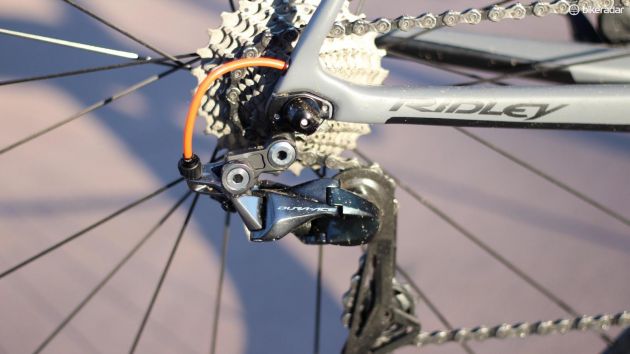
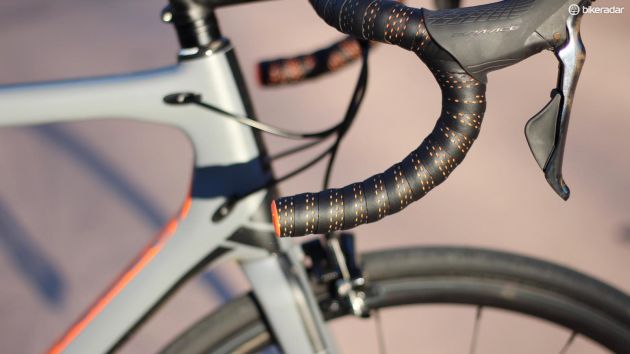
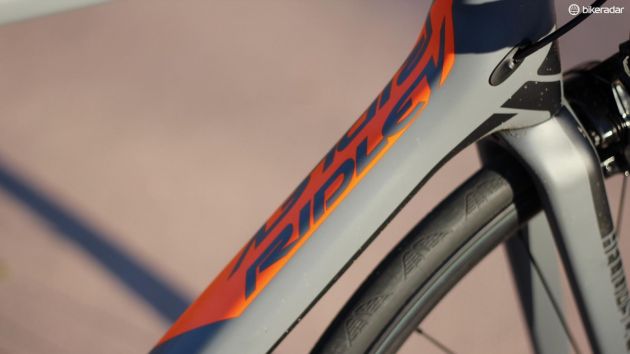
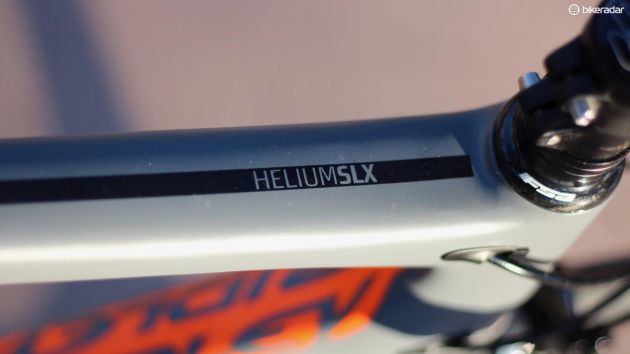
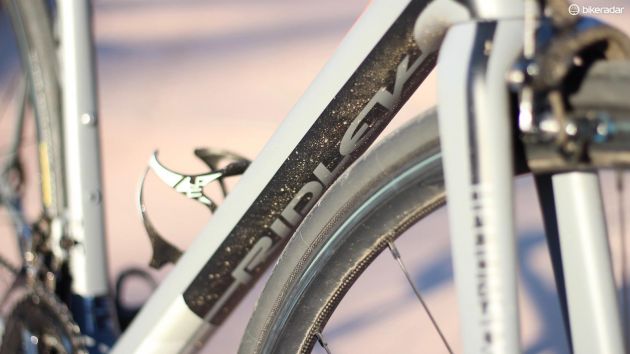
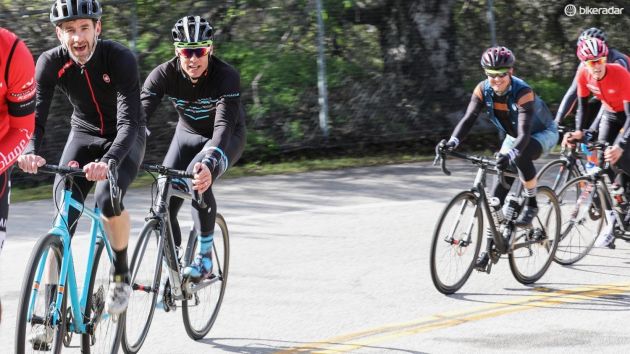
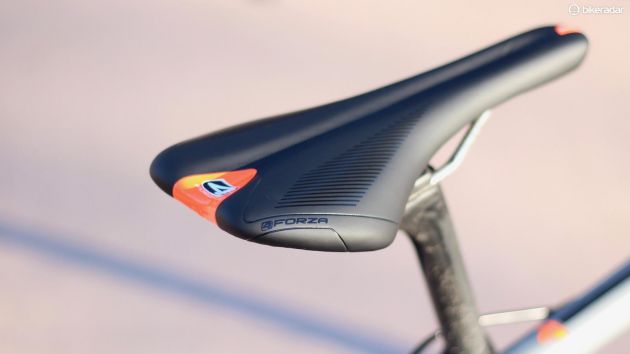
This article originally appeared on BikeRadar
Ridley's new Helium SLX climbing bike hits some impressive numbers on the scale — 1.65lb/750g frame, 14.7lb/6.7kg complete — without tipping over into the light-but-flexy territory.
As a heavier rider, I might be an ironic customer for this machine, but I'm a decent tester because some lightweight gear bends underneath me.
On a day's ride up Southern California's Rockstore climb and then down the curve-alicious Decker Canyon descent, the Helium SLX didn't give a bit, but instead responded the way you'd want any race machine to, with quick accelerations and confident handling.
Ridley Helium SLX Dura-Ace highlights
- Full Dura-Ace 9100 mechanical group
- 300g fork with stainless steel dropouts
- 750g frame with internal cable routing
- Press Fit 30 bottom bracket
- 1,350g 4ZA Cirrus Pro carbon wheels with DT Swiss 240 hubs
- 14.7lb/6.7kg complete bike (size small)
Ridley Helium SLX Dura-Ace ride impressions
Perhaps the best thing about the Helium SLX is that it isn't way out on the razor's edge of any one characteristic.
It's not the absolute lightest bike on the planet. It's not the stiffest, the slackest, the most aggressive, the most aero, etc., etc. While this might make Ridley's marketing a little challenging — brands love to tout being the best at something — it also makes for a bike that rides very nicely.
Its light, seemingly stiff wheels accelerate easily. The bottom bracket area rewards out-of-the-saddle efforts with efficient power transfer, not excessive side-to-side bowing. And the front end, with standard race geometry and a newly stiffened fork, steers quickly but with composure.
At media camps many of us remind each other about 'the 80% rule'. That rule being: you are on an unfamiliar bike on unfamiliar roads with a bunch of other knuckleheads, so take it easy. Don't go 100%.
With many of us jet lagged and the bikes often having been adjusted in haste before roll-out, it's a good rule. But sometimes, you know, you can push the rules.
Coming down the rollercoaster Decker descent, with its near-constant curves and banked turns, I had to let it go a little.
I felt right at home with the Helium's fit and feel, and I trust Continental's excellent Grand Prix clinchers.
Also, grabbing too much brake on the Forza carbon rims made for some unpleasant squealing. So, bombs away.
Back to the big-guy-on-a-light-bike thing: some light bikes and/or light wheels will give me brake rub when out of the saddle. I hate that. The Helium SLX with the Forza Cirrus Pro wheels did no such thing.
For 2017, Ridley also moved to DT Swiss 240 hubs on these carbon wheels. That's a good thing, in my book. DT hubs and spokes, in my experience, are dependable and, should you need it, widely serviceable.
The saddle, seatpost, bar and stem are also Ridley's house brand 4ZA.
Saddle aside, if given a blind test on the other components, I don't think I could tell the difference with other top aftermarket brands. The saddle was... fine. I would put on my own for a long-term test.
The new Dura-Ace 9100 group is excellent, across the board. I laugh when I read 9100 reviews, on BikeRadar and elsewhere, and the main complaint seems to be along the lines of 'well, it just works really well and it's not all that different from the last Dura-Ace, which was really, really good.'
Hood and lever ergonomics are a personal preference; I won't tell you whether SRAM or Campagnolo or Shimano is best for you. I will tell you that the shifting is crisp and the braking is best in class.
Like the frameset, Dura-Ace isn't the absolute lightest, but boy does it work well.
The new rear derailleur design has taken me some getting used to, as it tightly wraps around the cassette. Does this improve shifting precision and speed? Perhaps. It certainly makes getting the rear wheel in and out a little trickier. This is a small-perhaps-non-issue and probably just a learning-curve thing for me.
Ridley Helium SLX Dura-Ace vs. other climbing bikes with Dura-Ace 9100
For the record, Ridley pegs the Helium SLX as its 'stiffness-to-weight' bike, not a climbing bike.
For me, I say, same thing. Can you ride a 'stiffness-to-weight' bike for nothing but Netherlands-flat rides and never climb a hill? Of course you can. And frankly, the way this bike handles, it would make for a great all-around race bike.
Most of the big brands have a similar offering, at comparable prices and weights.
Aesthetics aside, the main differences are in the component details. Trek's Emonda SLR8 Race Shop Limited, for instance, weighs a claimed 13.9lb/6.3kg with a 690g frame, but at a higher price tag (£5,500 / $7,499) in the Dura-Ace 9100 build.
Like most Dura-Ace bikes at this price point (near the top but not flagship level), the Emonda has house wheels; here, that's alloy tubeless wheels.
For me, I get a little toe overlap on the Emonda (size 56cm, 45 shoes, fairly standard cleat position). This doesn't necessarily mean anything negative, just a testament to a tight front end.
The Scott Addict 10 comes in at a claimed 15.4lb/6.9kg with Dura-Ace 9100 and house wheels and components for £3,699 / $4,599.
While the Syncros house brand is good, you get a mix of Dura-Ace and Ultegra, not full Dura-Ace. And there are plenty of other competitors, like the Fuji SL Willier Zero 6 and Focus Izalco Max.
If you are looking at a lightweight race bike with discs, there is the Giant TCR SL 1 with full 9170 and its house brand carbon tubeless wheels for £4,299 / $5,950 (weight not available, sorry).
Helium SLX vs. Helium X
If more money in your pocket is worth 150 more grams on your bike, then the Helium X might be worth a look. Using the same design but with different carbon, the Helium X frame weighs 900g to the SLX's 750g.
The Helium X uses the same new straight-blade fork and will be built in ten times the quantity as the SLX.
As with the SLX, the Helium X will come in a variety of build and thus price packages.
Ridley Helium SLX Dura-Ace early verdict
With just a few hours in the saddle, the Helium SLX appears to be a competitive race bike.
It feels light in the positive ways — easy to accelerate, easy to pick up — but without any noticeable flex.
The race geometry is tried and true, and the house-brand cockpit components dutifully do their job.
Shimano's 9100 Dura-Ace group delivers beautifully, if predictably.
House brand wheels are improving these days. Think Bontrager and Roval, for Trek and Specialized. The 4ZA might not be quite at that level, but aside from the all-too-common squealing under hard braking, I couldn't really find fault with them.
If you are in the market for a light race bike, it's worth taking the Helium SLX for a test spin.